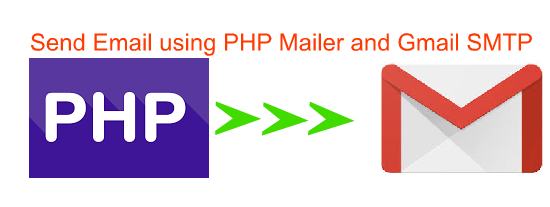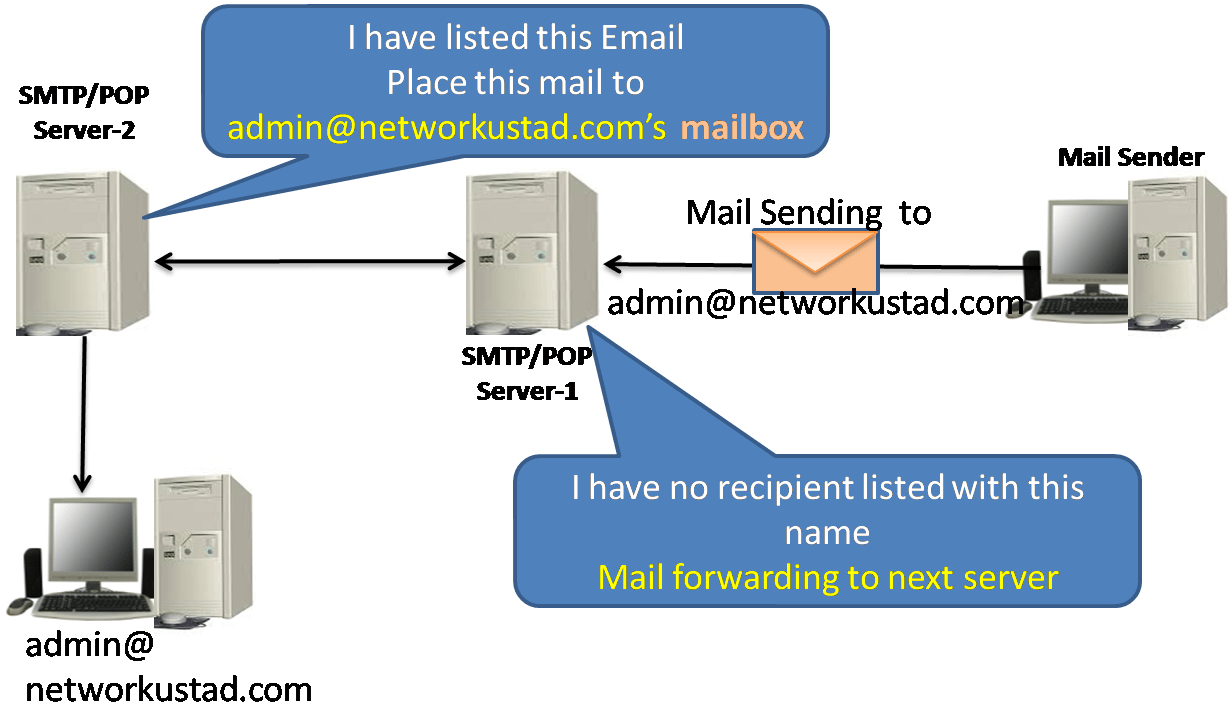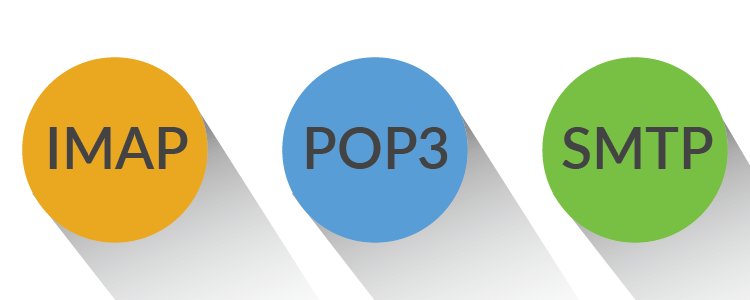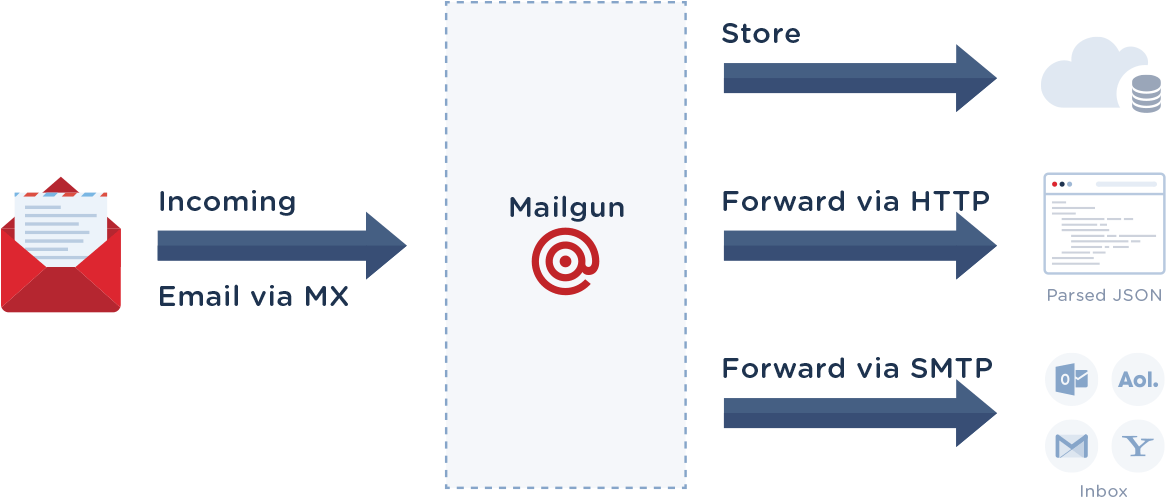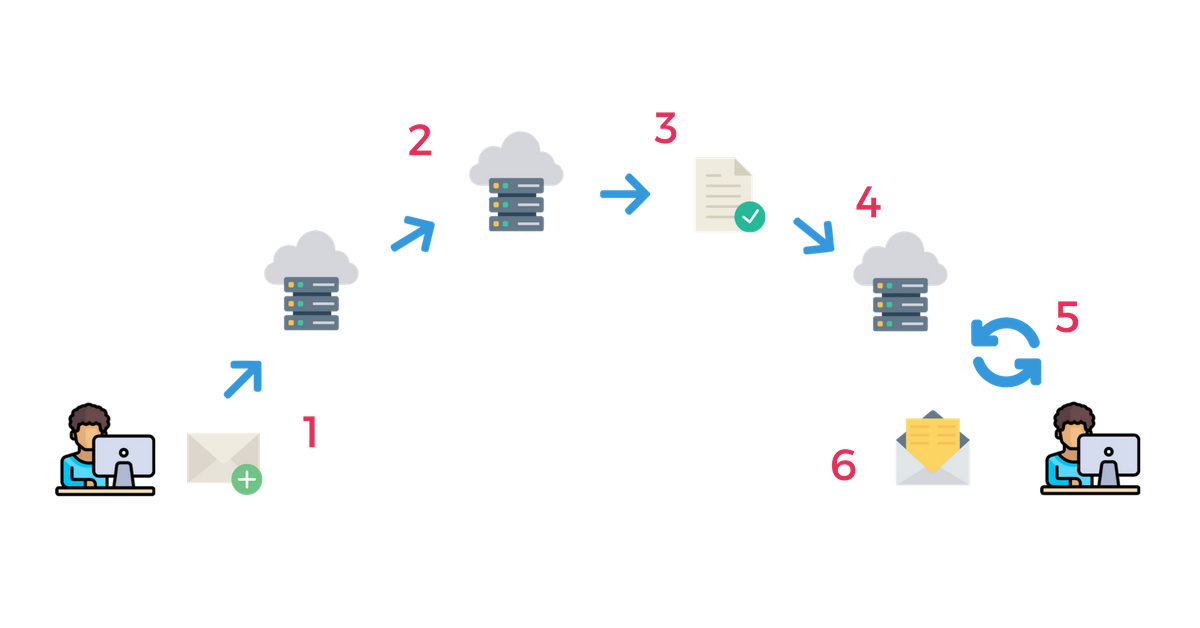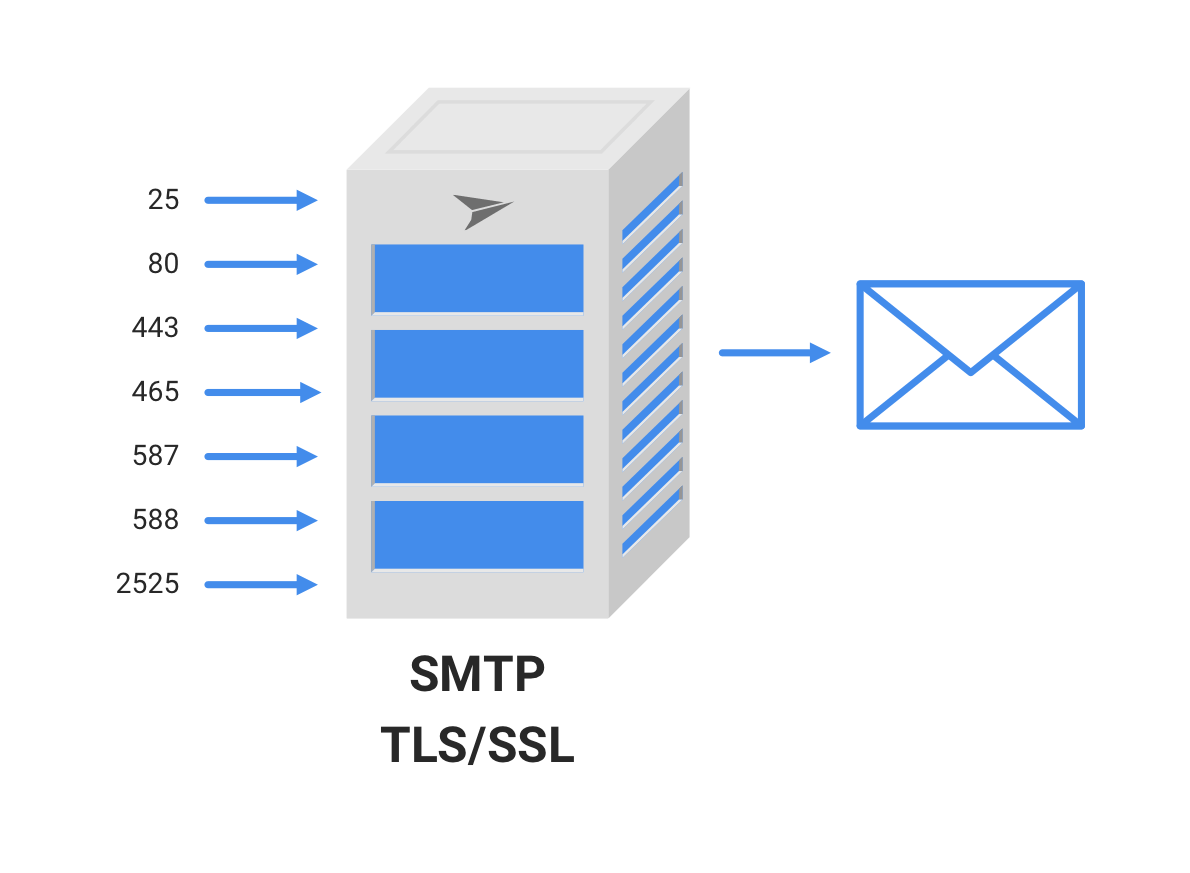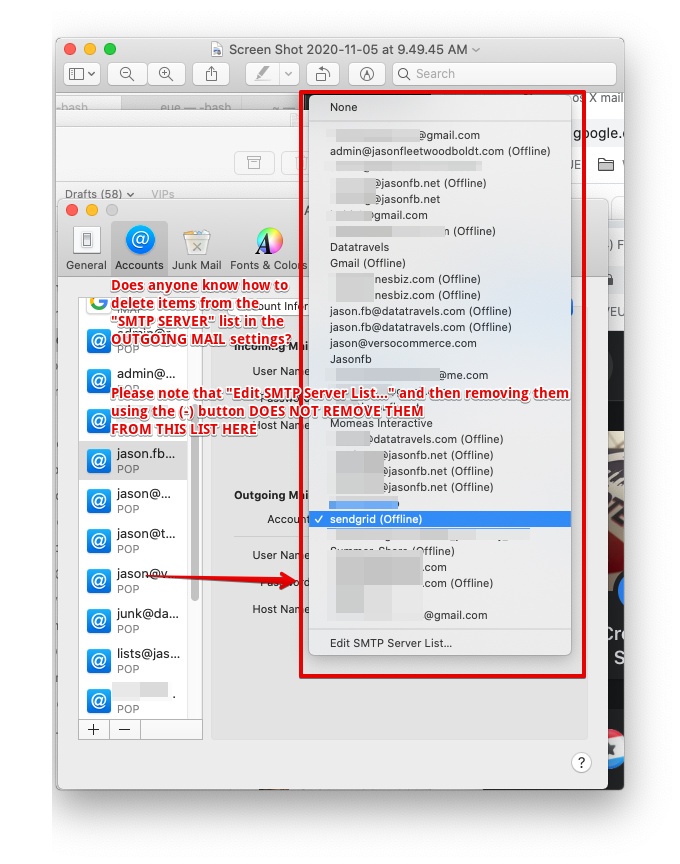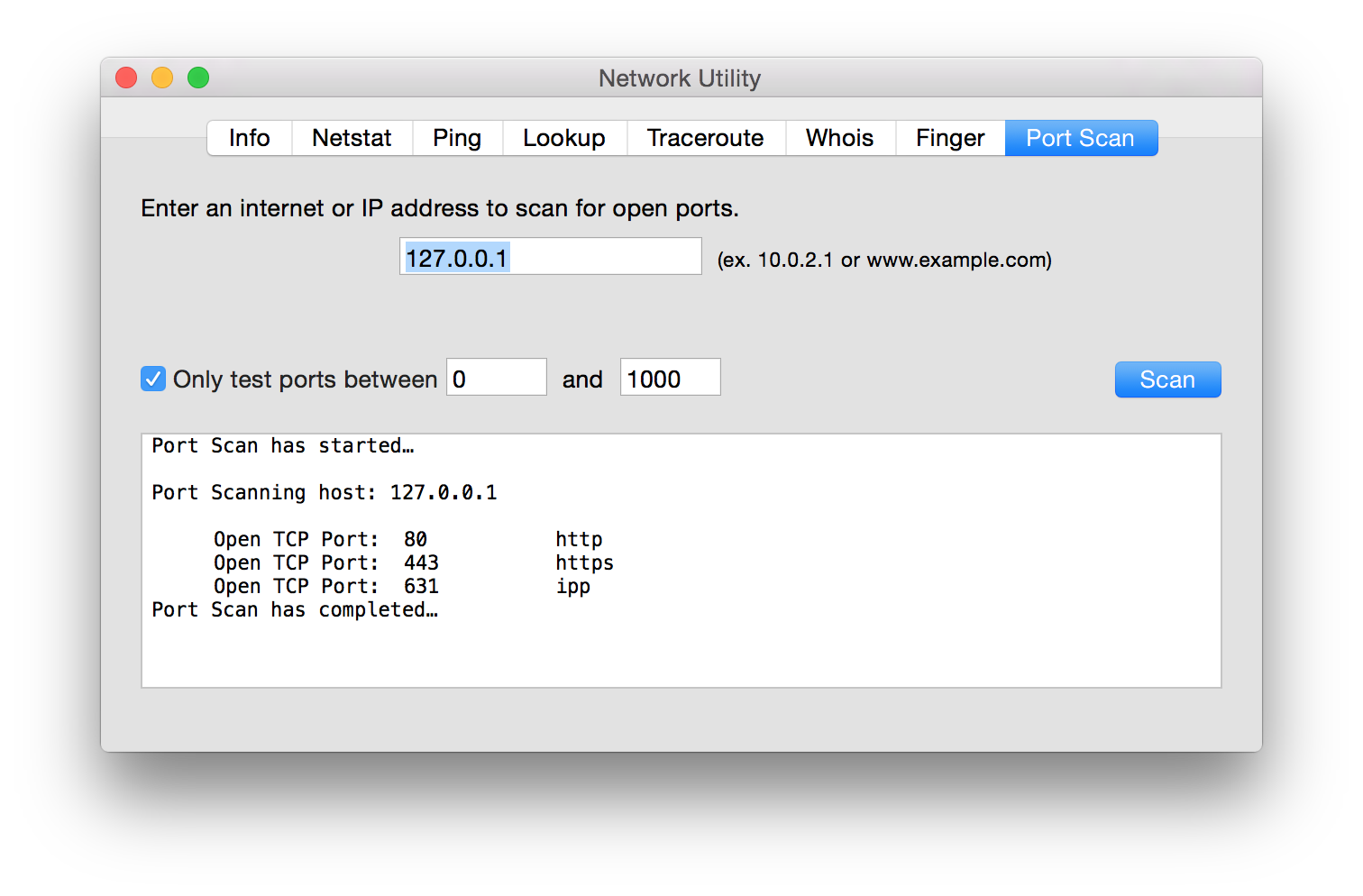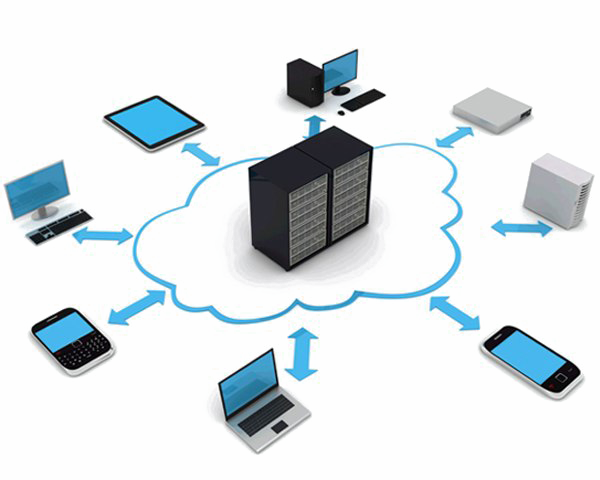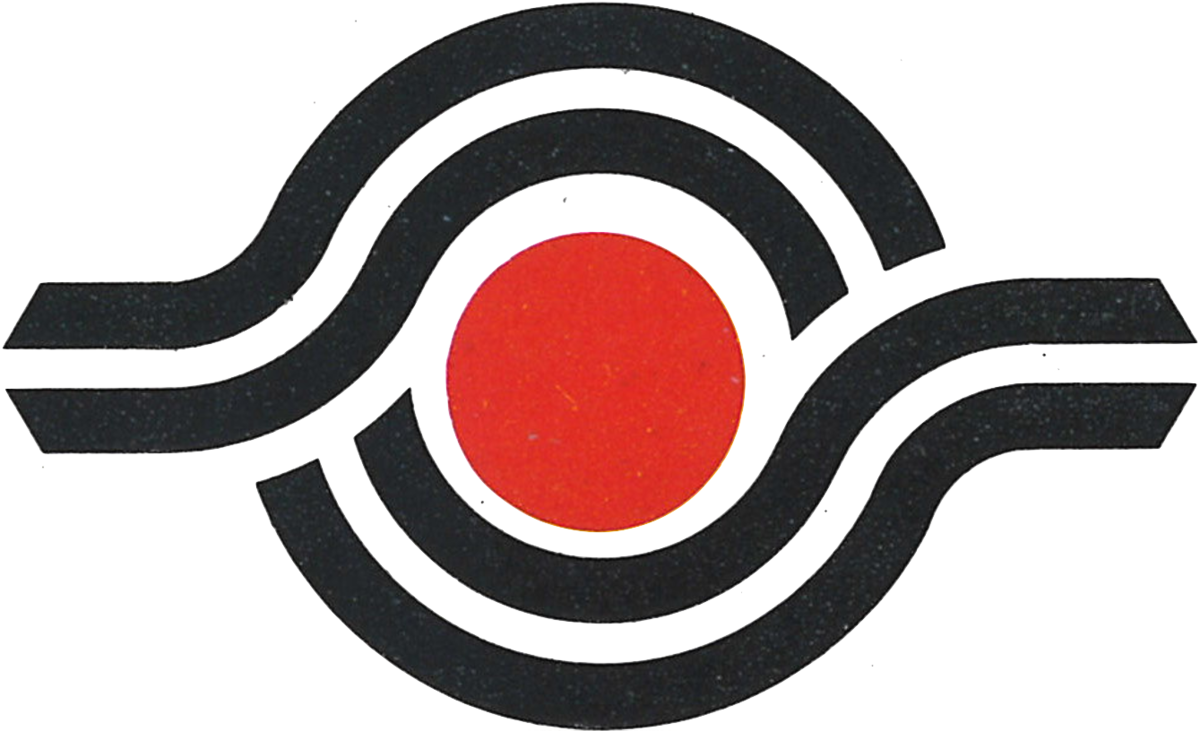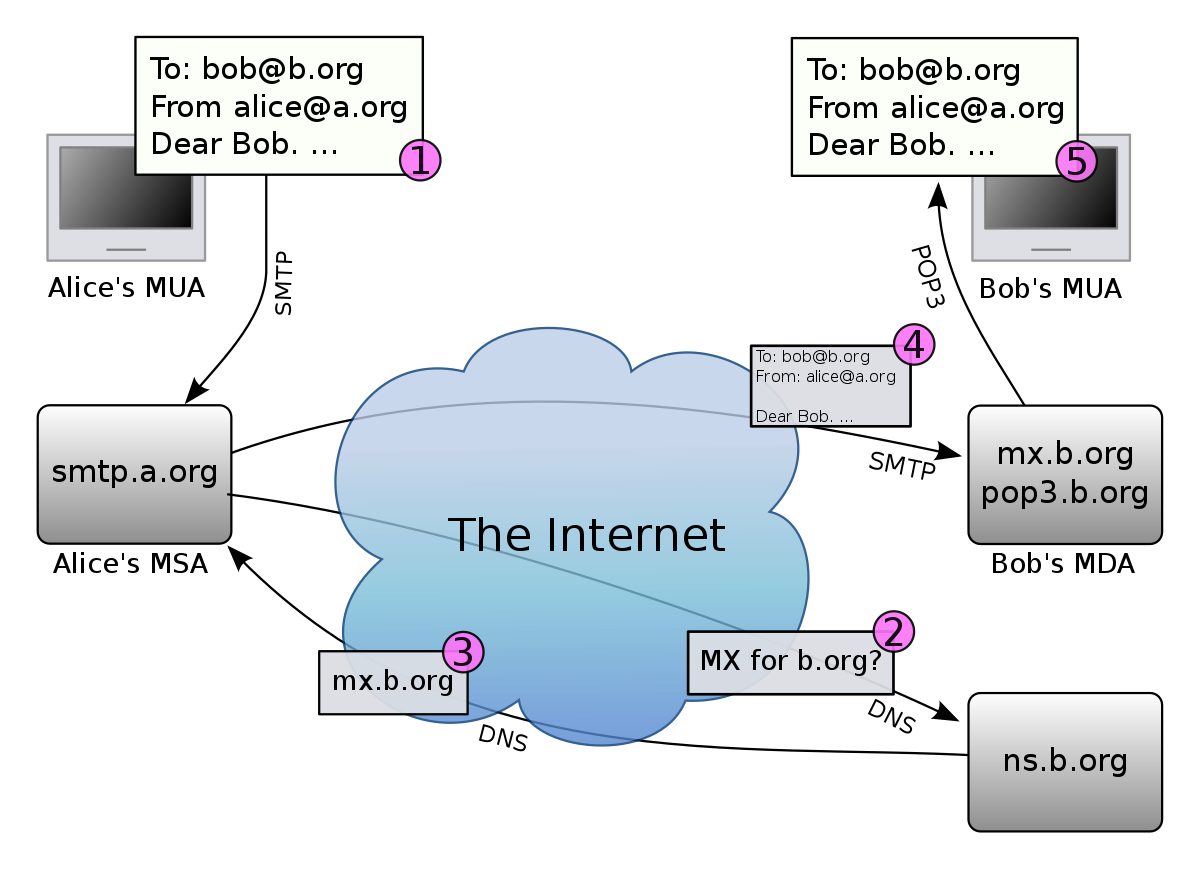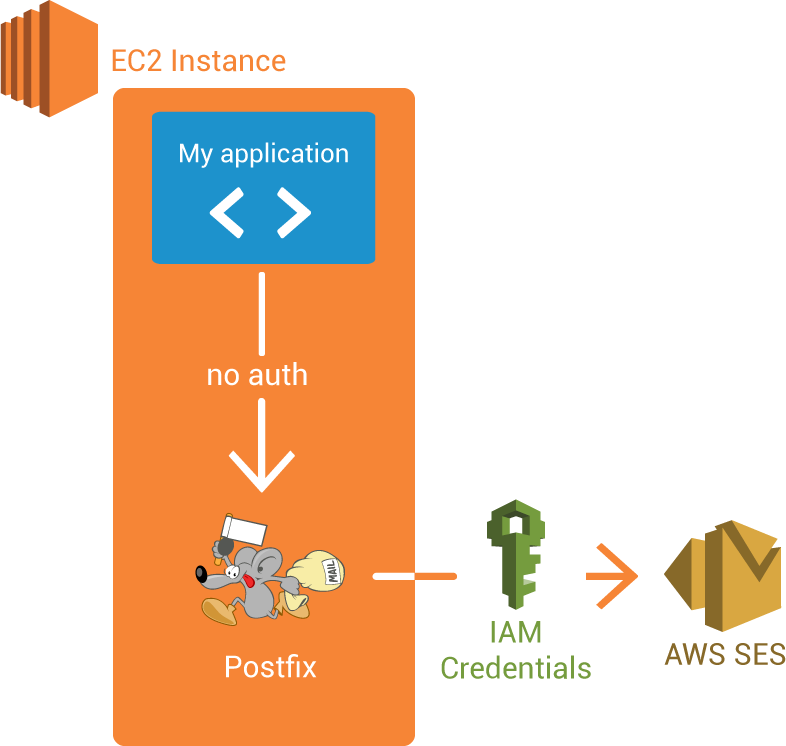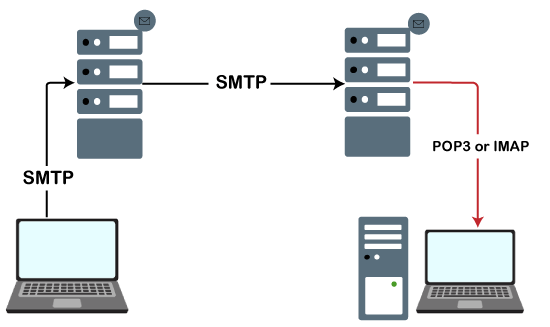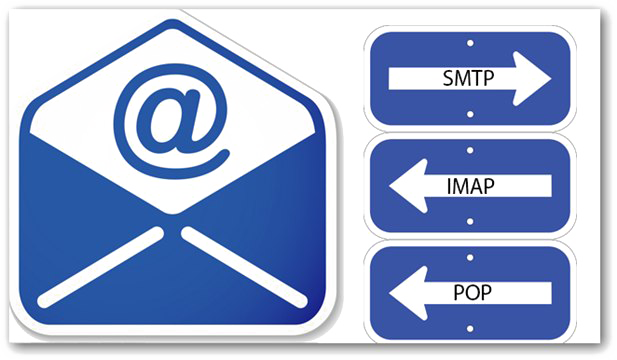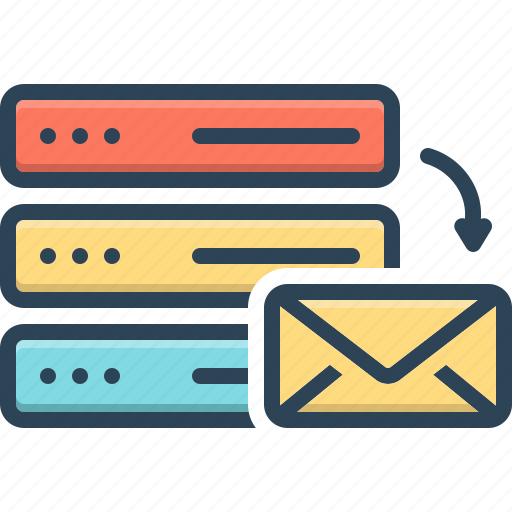Download top and best high-quality free SMTP PNG Transparent Images backgrounds available in various sizes. To view the full PNG size resolution click on any of the below image thumbnail.
License Info: Creative Commons 4.0 BY-NC
The Simple Mail Transfer Protocol (SMTP) is an internet communication protocol for sending electronic mail. SMTP is used to transmit and receive mail messages by mail servers and other message transfer agents. User-level email clients normally utilize SMTP just to transmit messages to a mail server for relaying, and send outgoing email through port 587 or 465, as defined by RFC 8314. IMAP (which superseded the earlier POP3) is the standard for retrieving messages, however proprietary servers, such as Exchange ActiveSync, typically utilize proprietary protocols as well.
SMTP has been upgraded, improved, and expanded several times since its inception in 1981. The current version of the protocol is flexible, including additions enabling authentication, encryption, binary data transmission, and internationalized email addresses. The Transmission Control Protocol (TCP) is extensively used by SMTP servers on ports 25 (plaintext) and 587 (encryption) (for encrypted communications).
RFC 1869 defined Extended Simple Mail Transfer Protocol (ESMTP) in November 1995, which created a generic structure for all present and future modifications targeted at filling in the gaps in the original SMTP. ESMTP specifies a consistent and controlled method for identifying ESMTP clients and servers, as well as a way for servers to declare whether extensions are supported.
In 1998 and 1999, the RFCs Message submission (RFC 2476) and SMTP-AUTH (RFC 2554) were published, both detailing new email delivery patterns. SMTP servers were originally internal to an organization, receiving mail from the outside for the organization and relaying messages from the organization to the outside. However, as time passed, SMTP servers (mail transfer agents) began to expand their responsibilities to include message submission agents for Mail user agents, some of which were now relaying mail from outside an organization. (For example, a company CEO wants to use the corporate SMTP server to send email while on vacation.) Because of this problem, which arose as a result of the World Wide Web’s rapid growth and popularity, SMTP had to incorporate certain rules and techniques for relaying mail and authenticating users in order to avoid abuses such as the relaying of unwanted email (spam).
Popular mail servers would frequently rewrite mail in an attempt to resolve errors, such as adding a domain name to an unqualified address, therefore work on message submission (RFC 2476) began. When the message being repaired is an original submission, this behavior is good, but it is risky and destructive when the message originated elsewhere and is being relayed. Rewriting submissions was considered as a solution to allow and promote rewriting submissions but forbidding rewriting relay by clearly dividing mail into submission and relay. As spam became increasingly common, it was also considered as a tool to offer authorisation and traceability for mail sent out by an entity. This distinction between relay and submission rapidly became a cornerstone of contemporary email security.
Because this protocol was designed to work only with ASCII text, it couldn’t handle binary files or characters from many non-English languages. To encrypt binary data for SMTP transport, standards like Multipurpose Internet Mail Extensions (MIME) were created. After Sendmail, mail transfer agents (MTAs) tended to be implemented 8-bit-clean, allowing the “simply send eight” method to be used to deliver any text data (in any 8-bit ASCII-like character encoding) through SMTP. Due to different character set mappings across manufacturers, Mojibake remained a problem, even if the email addresses themselves only supported ASCII. Today, most 8-bit-clean MTAs accept the 8BITMIME extension, which allows some binary files to be sent just as readily as plain text (limits on line length and permitted octet values still apply, so that MIME encoding is needed for most non-text data and some text formats). The SMTPUTF8 extension was established in 2012 to accept UTF-8 text, allowing foreign content and addresses in characters other than Latin, such as Cyrillic or Chinese.
Download SMTP PNG images transparent gallery
- SMTP Transparent
Resolution: 550 × 207
Size: 24 KB
Image Format: .png
Download
- SMTP Protocol
Resolution: 1232 × 719
Size: 64 KB
Image Format: .png
Download
- SMTP Protocol PNG Pic
Resolution: 750 × 300
Size: 34 KB
Image Format: .png
Download
- SMTP Protocol PNG File
Resolution: 1174 × 497
Size: 31 KB
Image Format: .png
Download
- SMTP Protocol PNG Image
Resolution: 1200 × 628
Size: 63 KB
Image Format: .png
Download
- SMTP Protocol PNG Photo
Resolution: 786 × 786
Size: 25 KB
Image Format: .png
Download
- SMTP Protocol PNG Cutout
Resolution: 1280 × 910
Size: 123 KB
Image Format: .png
Download
- SMTP Protocol PNG Images
Resolution: 720 × 720
Size: 26 KB
Image Format: .png
Download
- SMTP Protocol PNG Photos
Resolution: 1190 × 873
Size: 17 KB
Image Format: .png
Download
- SMTP Protocol PNG
Resolution: 680 × 864
Size: 454 KB
Image Format: .png
Download
- SMTP Server
Resolution: 1512 × 994
Size: 156 KB
Image Format: .png
Download
- SMTP Server PNG
Resolution: 600 × 480
Size: 202 KB
Image Format: .png
Download
- SMTP
Resolution: 1200 × 731
Size: 599 KB
Image Format: .png
Download
- SMTP PNG
Resolution: 1011 × 1011
Size: 50 KB
Image Format: .png
Download
- SMTP Server PNG Pic
Resolution: 1200 × 872
Size: 118 KB
Image Format: .png
Download
- SMTP PNG Pic
Resolution: 800 × 452
Size: 15 KB
Image Format: .png
Download
- SMTP PNG File
Resolution: 1500 × 377
Size: 20 KB
Image Format: .png
Download
- SMTP PNG Image
Resolution: 650 × 450
Size: 18 KB
Image Format: .png
Download
- SMTP PNG Photo
Resolution: 786 × 746
Size: 35 KB
Image Format: .png
Download
- SMTP Server PNG File
Resolution: 550 × 327
Size: 7 KB
Image Format: .png
Download
- SMTP PNG Cutout
Resolution: 1030 × 1030
Size: 132 KB
Image Format: .png
Download
- SMTP PNG Images
Resolution: 617 × 360
Size: 177 KB
Image Format: .png
Download
- SMTP PNG Photos
Resolution: 512 × 512
Size: 21 KB
Image Format: .png
Download
